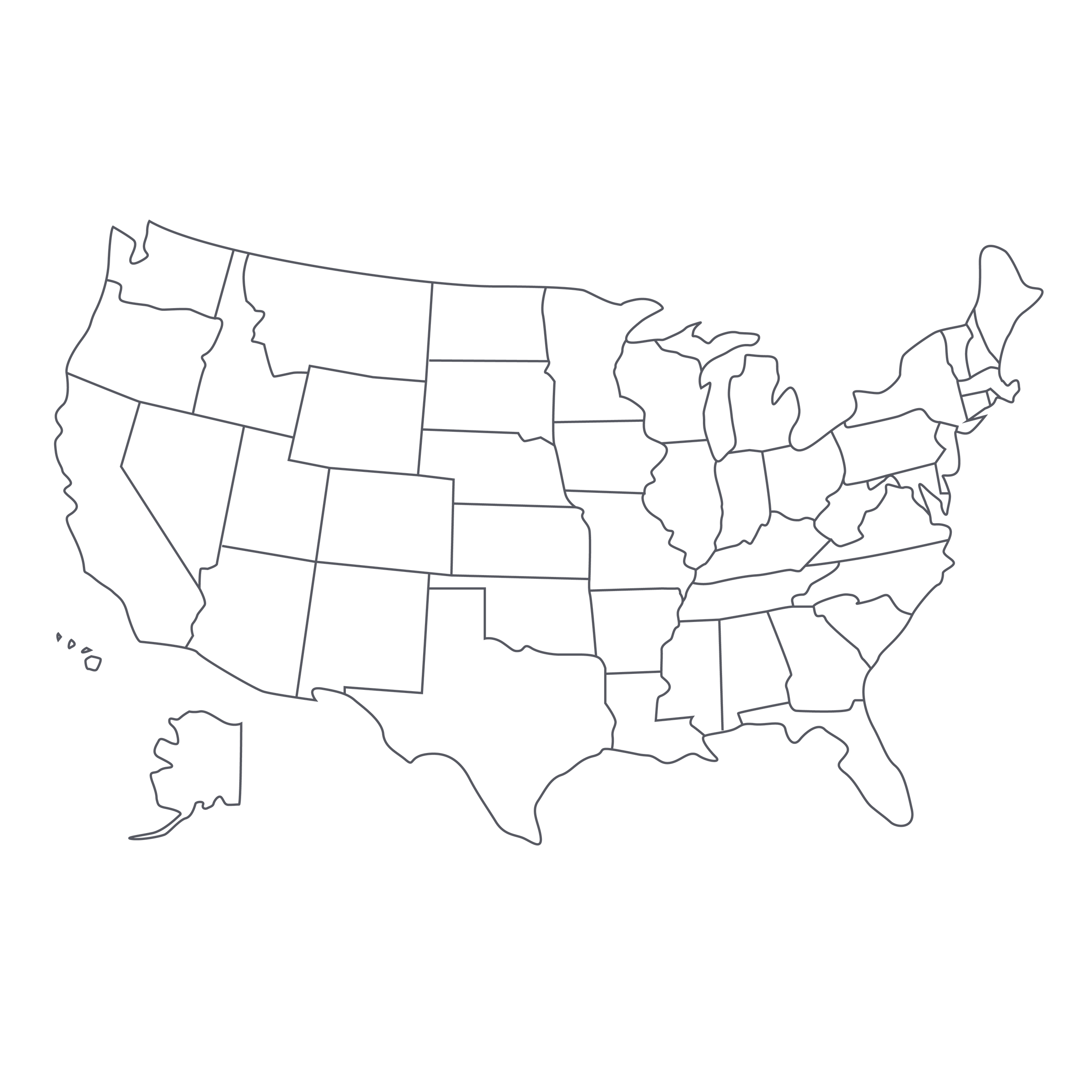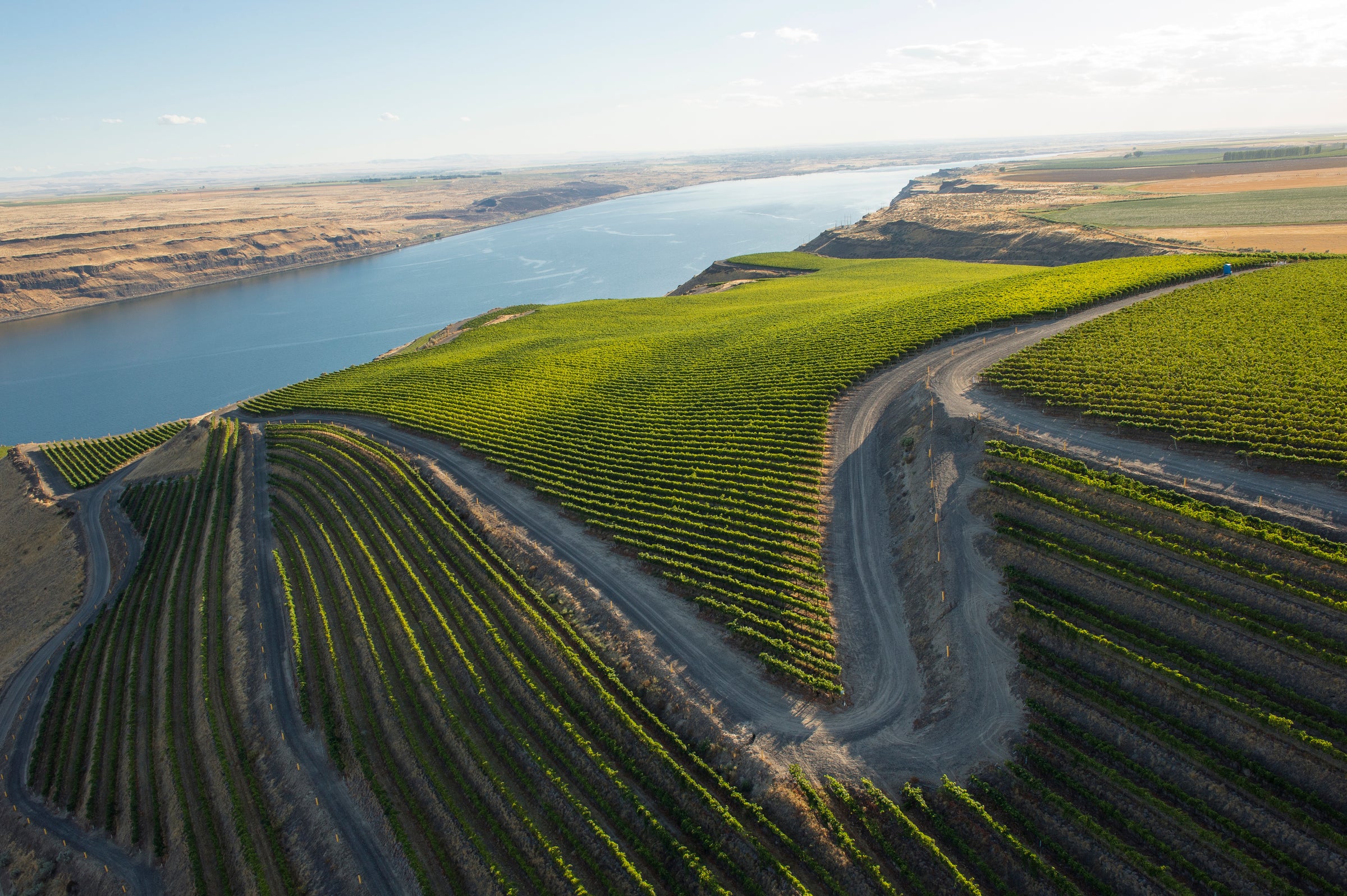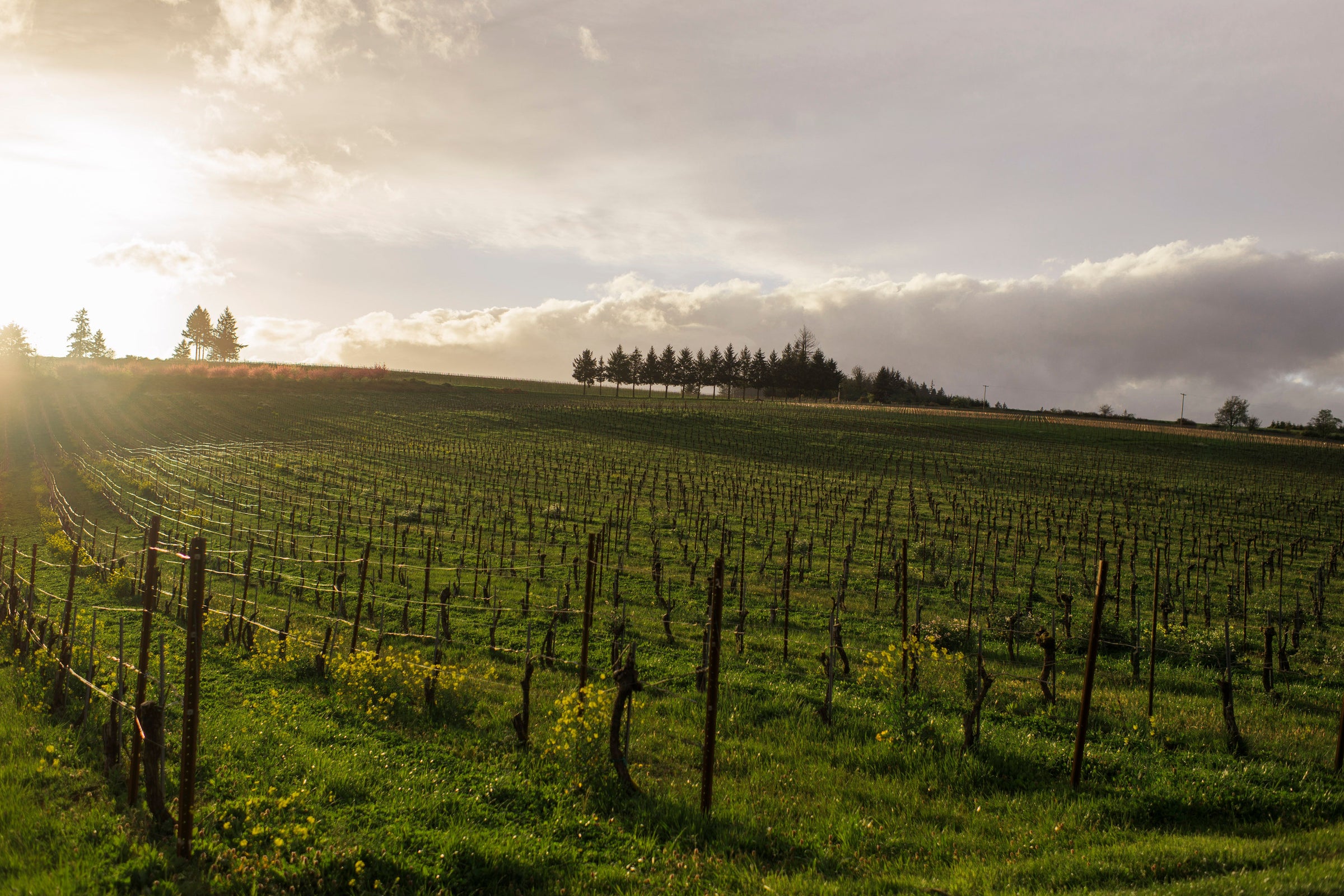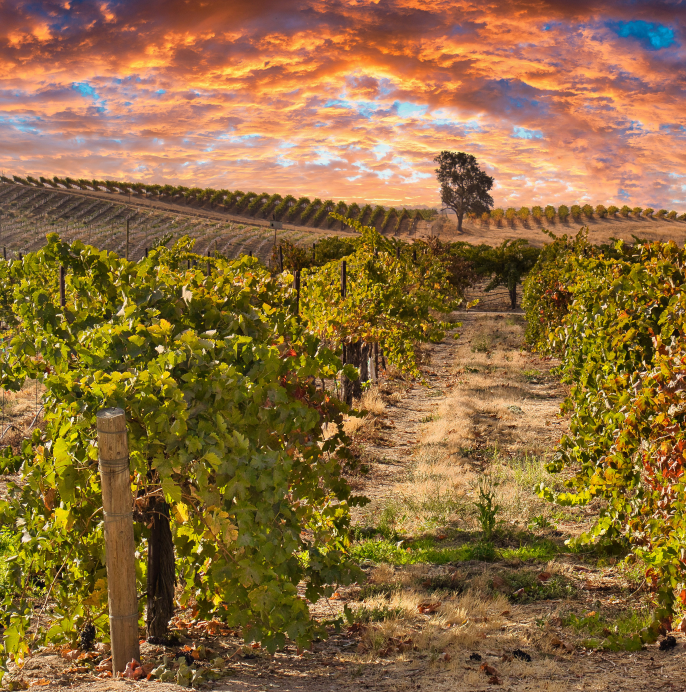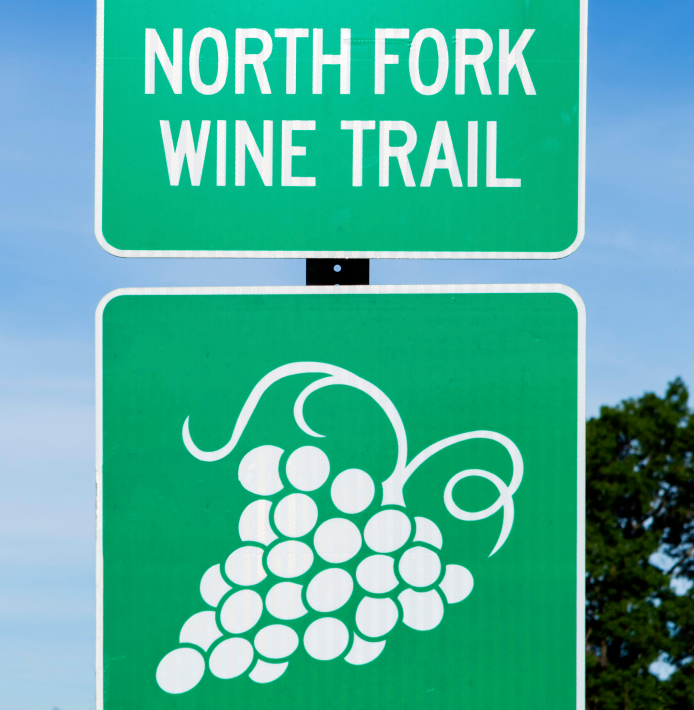Over three vintages, Sara and Jonah Beer’s red-hot Pilcrow label has shattered expectations: These micro-produced gems are outperforming many Bordeaux Classified Growths, pulverizing the majority of Napa Valley cult labels, and delivering one of the most profound Cabernet drinking experiences imaginable. Unfortunately, they’ve only crafted a single rapid-sellout cuvée, from a single site, each year—that is until 2018 when they upped the ante and unveiled three strikingly distinct labels. Today’s “Granite Lake” is the result of an exhaustive, months-long search that led them to the precipitous ridgetop of Howell Mountain.
Up here, they secured a treasured slice of sustainable vines and produced just seven barrels of immaculate, terroir-infused Cabernet Sauvignon. I’m sure it won’t come as a surprise that this true-blue mountain Cab has been getting the same frenzied reception as her now-famous “Ghost Block” label (sold out, sorry!). Actually, Decanter gave today’s highly complex, muscled, old-school Cabernet the highest mark of the three, and we’re going a step further by comparing its structure and building intensity to that of a young Château Latour! If you can believe it, today’s parcel marks the last of their 2018 inventory despite releasing them just three months ago—depletions of this velocity are typically reserved for the most tightly allocated and exorbitantly priced wines of the world! So yes, Pilcrow may be tiny and niche, but they’re dominating the classic Napa Cabernet scene right now. Grab up to six bottles and find out why. Happy Independence Day!
Determined to produce low-intervention Cabernets with a real sense of terroir, Pilcrow has quickly become a labor of love for power couple Sara and Jonah Beer, of Frog’s Leap fame. They take great pride in seeking out small, distinct, sustainably farmed sites and they struck gold with their initial releases: Pym Rae in Mount Veeder (now owned by the Tesserons of Pontet-Canet) and Ghost Block in the heart Yountville (organically farmed and privately owned for 100+ years). In 2018, however, they expanded their pursuit of terroir expression again.
Today’s Cabernet is sourced from the “Granite Lake” vineyard, and it already exists as one of the finest and most traditional representations of Howell Mountain Cabernets on the market. With the assistance of Google Earth, the following link shows the exact location of today’s small-batch gem. As you can see, it’s nearly at the crest of the mountain, literally on the ridgeline at 2,100 feet. Up here, the vines avoid the fog and bask in the sun, while rooting into low-vigor, volcanic-based soils rich in iron.
Utilizing just a handful of rows, Pilcrow’s sustainably farmed Cabernet Sauvignon was handpicked and sorted on September 28, 2018. After fermentation, the resulting wine aged 22 months in 25% new French oak. It was bottled unfined and unfiltered—an absolute necessity for this classic style. Just 181 cases were produced.
Pilcrow has mastered the combination of elegance and brawn in today’s 2018 debut of “Granite Lake” Cabernet Sauvignon. It undoubtedly contains the most muscle and dark-fruited savor of her three cuvées, and could very well outlast them in the cellar too—2040 and beyond is certainly not out of the question. But even in its youth, there is extreme joy and wisdom to be found. After a 60-minute decant, it spills into a Bordeaux stem with an opaque purple-ruby core and reveals gorgeously intoxicating aromas of blackcurrant, boysenberry, spiced red plum, black raspberry, crushed black rock, tar, tobacco leaf, pencil lead, star anise, baking spice, and damp violets. The rich and vibrant palate offers a full mouthfeel without any heavy-handedness or undue extraction. It’s an old-school mountain Cab, an homage to Napa classics, and a powerhouse with finesse that will only gain more savory components and complexities with each passing year. Enjoy!
